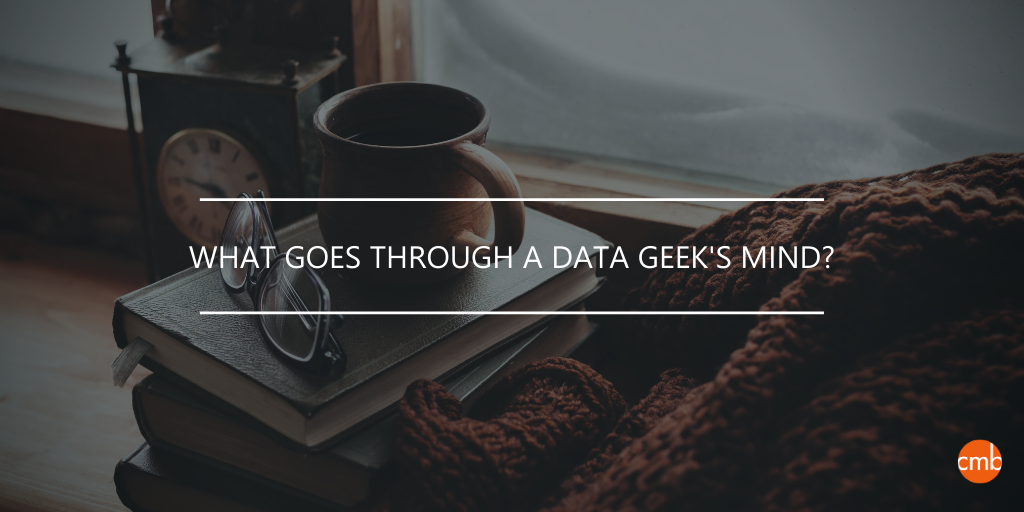It's about a 4 min. read.
As someone who has spent nearly 25 years finding insightful truth in piles of data, I’ve accidentally trained my brain to be good at little else. For example, I’ve been in the top percent of dads when it comes to teaching my kids how to “estimate” in their early math classes, but could almost hear my brain crack when they needed help with geometry and its many obtuse angles
This is why for nearly every topic I stumble upon, I immediately start analyzing and contextualizing the numbers. Instinctively, my brain takes me through the following sequence:
- Is that number in line with what I would have estimated?
- Can I contextualize it in terms of a number or change I am familiar with, and explain to someone less familiar “why” the number is what it is?
- If the answers to both #1 and #2 are “no,” is there other data can I use to reconcile the disconnect?
- If things still don’t line up, can I reasonably conclude that I am missing some important context that isn’t available publicly or in the data set that I am analyzing?
- If the answers to #3 and #4 are also “no,” have I or the author done something wrong (accidentally or intentionally through some bias)?
In my professional life, this is a perpetual stream, but all the best examples are proprietary. So, instead, I’ll illustrate with a couple of current newsworthy events: the 2020 Holiday Shopping Season to date, and the 2020 US Presidential Election.
Example 1: 2020 Holiday Shopping Season
This is a great CNBC article that features multiple data points, publicly available thanks to the power of Adobe Analytics, related to the US Holiday shopping season. Just picking one:
“Holiday shoppers spent $10.8 billion on Cyber Monday, up 15.1% from 2019.”
Here’s an abbreviated recollection of my thought process:
- The number feels intuitively right in light of what I remember from past Cyber-Mondays, the overall trend of eCommerce, everything I have been reading about Brick & Mortar retail struggles…and, I have very high trust for Adobe’s data and the rigor of that team. Plus, there are other numbers in the same article that feel intuitive, e.g., $10.8 billion of a total ~$185 billion holiday season. My head-math says that current definitions of holiday season are likely around 50 days, meaning each day is 2% of the season. And Cyber Monday would be ~6% (3x average), which checks out.
- As far as the contextual “why” goes, it fits with my mental model of how the combination of headwinds and tailwinds for eCommerce net out in 2020:
- Headwinds: COVID-19 might be depressing total holiday spend across all channels given the economic struggles, short-term uncertainty, desire to save, and sad letters you can find (but also help!) through the USPS’s Operation Santa site.
- Tailwinds: eCommerce sales rose 18.8% in 2019 so this just continues that trend. Plus, perceptually, shoppers en masse feel far less “able” to shop of brick & mortar retail this year due to COVID-19.
Given I feel so confident at this point, no need to continue with steps 3-5.
Example 2: President Trump says, “There is no way Joe Biden got 80 million votes”
Putting aside all other political issues leading up to, during, and since the election, this one stuck out to me as appropriately data-geek-worthy. President Trump may have made this claim multiple times, but I can say with certainty that he made it on a call with Fox News on November 29.
Here’s how I processed this claim:
- I know that combined Trump and Clinton received 129 million votes in 2016, with Clinton winning the popular vote at just south of 66 million. And that Obama set the record in 2008 with 69.5 million votes. 80 million votes for Biden represents a ~21% lift over 2016 Clinton and a ~15% over Obama’s record. Big jumps and certainly within the realm of possibility, but worth more investigation.
- There are lots of ways to contextualize a 15% lift, but I wanted to make sure I understood why.
- Anecdotally, people on both sides are more passionate about politics as evidenced by social media posts, strong passion for and against Trump, and media ratings.
- The candidates combined for >$14 billion in election spending, more than double what Trump and Clinton spent in 2016. That’s an increased spend of 100%+, for a 20% increase in turnout. Certainly believable.
- Back to the trusty Fogg Model: both Ability (in some neighborhoods, the need to wait in 9-hour voting lines due to closed polling locations was replaced with the ability to vote by mail) and Motivation (the aforementioned hyper-partisanship and Trump’s polarization) axes have seen big bumps since 2016.
- Is there other data available that I can reference? I don’t think so—and it seems like recounts and the courts agree.
- Could I be missing something? Likely not. (See above response to step #3.)
- Yes, I can see that President Trump may have some bias, given the prize and some historical context.
As you can see, this approach is pretty helpful in a job where I’m constantly involved in proving the rigor of my team’s data and analysis (and the resulting insights/business implications) to some of the world’s smartest and most passionate clients.
But you can imagine the faces I get from my daughters when statements like, “Dad, we need YouTube TV” are met with, “Oh yeah? Prove it.”
